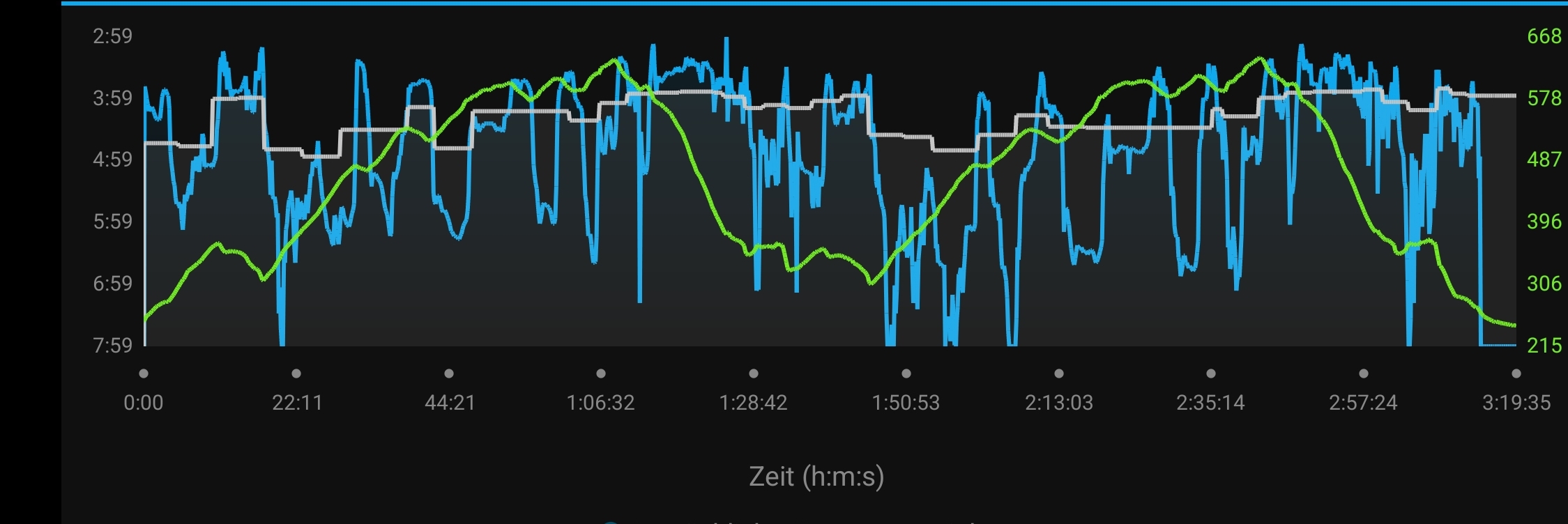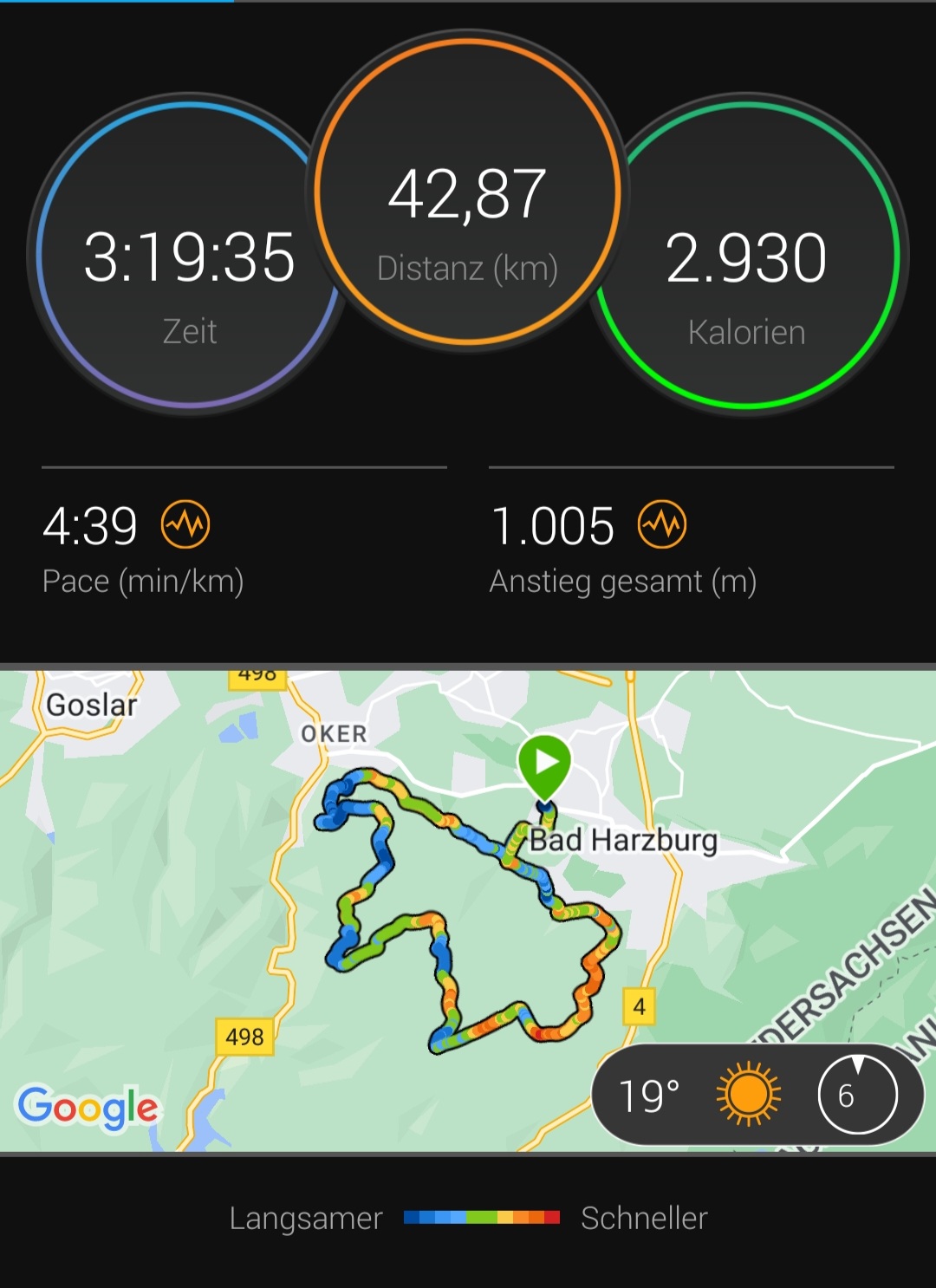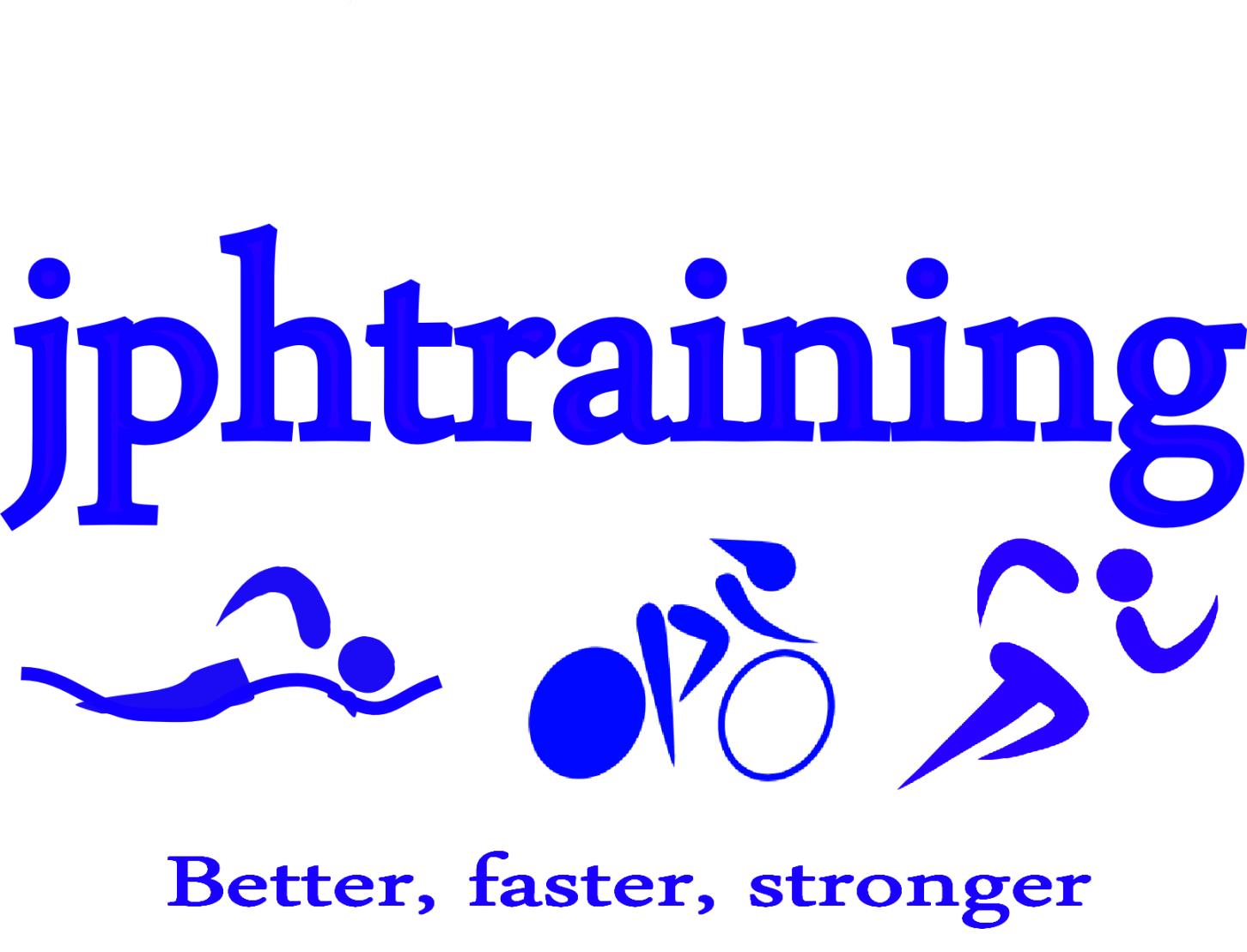Mastering the controllables
Race Day Tips, July 12, 2022
If you put your foot down on the accelerator in your car your fuel management is going to go out the window and you are going to have to look for a service station before you get too far. Race smart and safe your reserves.
 I always try to teach my athletes to concentrate on controlling the controllables. That includes, but is not limited to pre race preparation, nutrition, hydration, and pacing. However, in the last few years, my focus has changed over the last few years from trying to fly over flat 10km, half marathon, or full marathon courses that are largely flat to running a few ultra marathons or pushing it over trail runs. These changes have led to me looking a bit more at the uncontrollable aspects.
I always try to teach my athletes to concentrate on controlling the controllables. That includes, but is not limited to pre race preparation, nutrition, hydration, and pacing. However, in the last few years, my focus has changed over the last few years from trying to fly over flat 10km, half marathon, or full marathon courses that are largely flat to running a few ultra marathons or pushing it over trail runs. These changes have led to me looking a bit more at the uncontrollable aspects.
Mastering the uncontrollable aspects of an event can help make the difference between having a good day and using the Fitness you had built-up, or suffering and producing a result that could have been better.
The first thing that we always want to control and think about, but do not always alter our race plan or race tactics to suit is the weather.
We cannot make it hotter or colder. We can think about our clothing, and if we have trained in similar conditions. However, it is rare that people think about changing their pacing plan. Generally the thought is, "I'm in good form and I'll be alright." Often it is harder than you think and in the second half of the run performance drops right off.
Every sweaty step will take more effort as fatigue builds – and that will be reflected in your pace. For every 5-degree increase above 15 degrees Celsius, the typical runner can expect to slow 12 to 19 seconds per kilometer. However, what often happens is we try to hold it, hold it, and then we hit a wall. A good way of visualising it is to imagine your body is a pot of water on the stove. If you have it simmering on a low heat the water will be warmer, but it will not come to a boil. Even of you turn the heat up a little it will still take a while until the water comes to boiling point. If the element is turn onto full power the water will quickly start to boil. When you remove the pot from the heat, let it stand for a while, and then return it to the heat and it will boil faster, as the water temperature is still high.
This is what happens when we are active. We become warmer, and the more intense the exercise is the more heat that will be produced, and the quicker our internal temperature will rise. If we start with a high intensity, have a short break, and then repeat our internal temperature will rise quickly after beginning exercise.
You have already brought the water to boiling point and it will not cool off quickly.
You are much better off starting off easily and keeping the pace a little under your normal pace if it is a long event.
We cannot control the wind either and on the bike it can have a big impact on your energy reserves. When running it can still have an effect and you want to take it into account when calculating your splits.
If there is the possibility of shielding yourself from the wind, do it.
If there is a tailwind, use it.
The other main factor that we cannot control, but we still can improve our performance is the course. You can adjust your effort on inclines to save energy and strength and also avoid heating up too much.
You can also reduce your time by using the best racing lines through corners and sections. This does not necessarily mean cutting every corner, as sometimes the gradient is steeper on the inside of climbs. Instead you should be looking a few hundred metres ahead and seeing where the best surface and even gradient is. The better our traction the easier it is to translate strength into speed. You are going to be losing that strength if you are having to accelerate again because you are slipping or because the gradient gets steep and takes the speed out.
If you are racing over an undulating or hilly course you need to gauge your effort to save your strength and also ensure that your body doesn't heat up too much. The increase in workload on an uphill to produce the same speed is so high that you are going to run out of your strength that you had allocated for the whole event before the finish line.
That is the wall that you are hitting.
There is no wall or man with a hammer it is just bad strength or energy management or you have overheated.
If you can adjust to these factors and reduce these levels going up too high too fast you are much more likely to feel good over the last period of the race.
If you put your foot down on the accelerator in your car your fuel management is going to go out the window and you are going to have to look for a service station before you get too far.
Race smart and safe your reserves.

